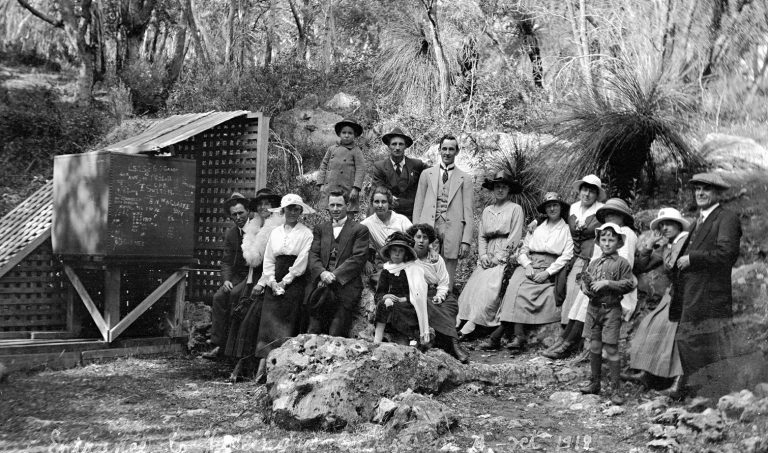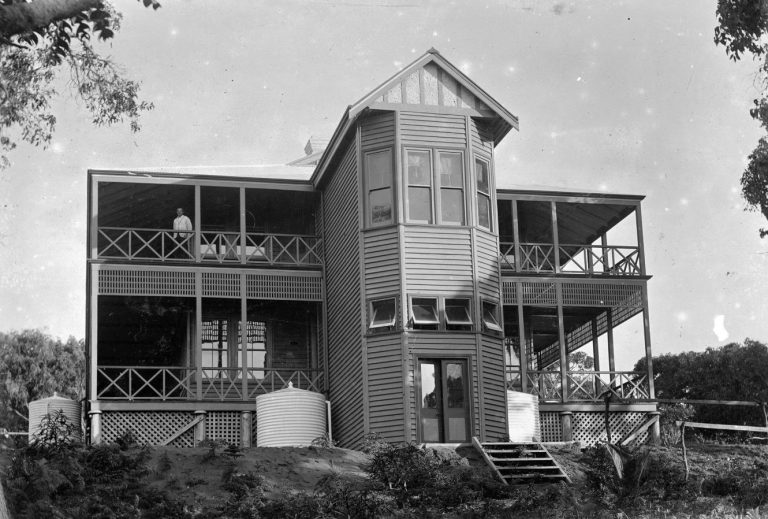European discovery
Europeans first learned of the cave around 1899 when Edward Dawson, William Curtis, and Fred Seymour stumbled upon it while searching for wild horses and dingo pups.

The Wadandi people have known of Ngilgi Cave for thousands of years, and it remains a site of deep cultural significance. Initially named Yallingup Cave, in the year 2000 the Indigenous name was officially restored.

Europeans first learned of the cave around 1899 when Edward Dawson, William Curtis, and Fred Seymour stumbled upon it while searching for wild horses and dingo pups.
By then, the region had already yielded numerous caves, sparking the creation of a government report in 1899, proposing that some be developed for tourism.
A year later, the government formed a Caves Board, established by J.W. Hackett, to promote and manage these sites, and Edward Dawson applied to have Ngilgi Cave opened to the public.
He went on to serve as its head guide and caretaker for the next 37 years.
The Caves Board organised a coupon ticket system, and tourists travelled from Perth to Busselton by steam train and then continued by horseback to the caves.
Some camped in the bush, while others stayed with pioneers or at the Caves House Hotel, built to accommodate Ngilgi’s visitors. Entry to the cave was by guided tour only, with tickets priced at one shilling (about 10 cents).

Lighting inside the cave was rudimentary, with candles or kerosene lamps casting faint glows along rough, uneven paths. Guides would use magnesium flares to highlight formations, creating brief bursts of dazzling light before plunging visitors back into darkness.
In 1906, Ngilgi Cave became the first in the region to install electric lighting, powered by a generator at the nearby Caves House Hotel, transforming the visitor experience.

Newlyweds would often stay at the elegant Caves House Hotel, taking in the romantic atmosphere of the region. The cave’s breathtaking formations and secluded nature made it a memorable location for couples celebrating their nuptials, with many travelling long distances to experience its unique charm.
A popular legend suggests that a grand piano was once lowered into the cave for a performance by the world-renowned Dame Nellie Melba, adding an air of artistic grandeur to the subterranean wonder. The Ampitheatre chamber is still used today as a stage for various musical performances.
Ngilgi Cave played a pivotal role in the development of tourism in Western Australia offering both a breathtaking natural wonder and a powerful connection to the ancient stories of the land. Today, it stands as a living testament to the harmony between culture, history, and nature.